Language is a dynamic, ever-evolving tool that reflects changes in society, relationships, and communication preferences. In 2025, understanding modern abbreviations like “FWB” is not just about decoding acronyms—it’s about interpreting tone, intent, and social nuances across different platforms and demographics.
Whether you’re encountering FWB in a text message, social media chat, or online forum, this in-depth article will explain:
- What FWB stands for in texting and casual communication.
- The full meaning and tone associated with FWB in 2025.
- Alternatives to use in formal, polite, or more professional contexts.
- Real-life examples to illustrate usage.
- A deep dive into why word choice matters, especially in personal and digital spaces.
What Does “FWB” Mean in Text?
In digital communication, FWB is the acronym for:
“Friends With Benefits”
This term refers to a relationship between two individuals who are friends, but also engage in physical intimacy without the expectations or commitments of a traditional romantic relationship.
Key Characteristics of FWB Relationships:
- Casual intimacy without emotional exclusivity.
- No romantic obligation (i.e., no “dating” label).
- Mutual agreement and understanding.
- Often rooted in friendship first, then evolves physically.
- Primarily used in informal text messages, dating apps, or youth-centric social conversations.
How the Meaning of “FWB” Evolved in 2025
In the last few years, FWB has expanded in cultural awareness and been reshaped by Gen Z and Gen Alpha’s relationship values, which lean toward emotional autonomy, consent, and fluid identity structures. Today:
- The term has grown more nuanced, with users explicitly defining their emotional boundaries.
- It’s gender-inclusive and often used in diverse, LGBTQIA+ contexts.
- Mental health and emotional safety discussions are integrated into the modern interpretation of FWB.
- It’s not always assumed to be superficial—many FWB arrangements involve deep trust and emotional communication, just without romantic exclusivity.
Why Tone and Context Matter When Using “FWB”
Understanding tone is vital because the same acronym can have different meanings depending on audience, medium, and culture. Consider:
- Saying “FWB?” in a dating app is casual and exploratory.
- Sending “FWB” in a business Slack channel is wildly inappropriate.
- A friend jokingly texting “We’re FWB now lol” may indicate a humorous take on a one-time event.
So—when, how, and to whom you use “FWB” will greatly impact how it’s received.
11 Polite, Professional, and Casual Alternatives to “FWB”
Let’s explore superior, nuanced, and context-appropriate alternatives that you can use depending on your audience and intent. Each example includes a full explanation and how to tailor the phrase for 2025’s texting culture.
1. “Casual arrangement”
Use When: You want to be tactful but transparent.
Tone: Neutral-professional.
Example:
“We have more of a casual arrangement. It works for both of us.”
This is an excellent phrase for dating profiles or conversations where emotional boundaries need to be respected.
2. “No-strings-attached”
Use When: You want to emphasize freedom from commitment.
Tone: Informal but clear.
Example:
“It’s more of a no-strings-attached situation—mutual and respectful.”
This version avoids slang while conveying emotional detachment.
3. “Mutually beneficial friendship”
Use When: You need to sound polite, professional, or emotionally intelligent.
Tone: Respectful and discreet.
Example:
“We have a mutually beneficial friendship—both of us know where we stand.”
Ideal for situations where emotional safety and boundaries matter.
4. “Emotionally independent connection”
Use When: You want to highlight autonomy in a progressive or wellness-conscious way.
Tone: Enlightened, new-age.
Example:
“We maintain an emotionally independent connection without the labels.”
This is highly reflective of modern dating in 2025, where many people seek non-traditional setups with emotional awareness.
5. “Non-exclusive companionship”
Use When: You’re being upfront without sounding dismissive or cold.
Tone: Thoughtful.
Example:
“Ours is a non-exclusive companionship—respectful and open.”
The word “companionship” adds warmth, while “non-exclusive” keeps it honest.
6. “Physical partnership without commitment”
Use When: You need to express clarity and consent.
Tone: Direct but appropriate.
Example:
“We agreed on a physical partnership without any long-term expectations.”
This phrasing is excellent for discussing boundaries while avoiding potentially suggestive acronyms.
7. “Friendship-based intimacy”
Use When: You want to emphasize the friendship aspect.
Tone: Positive and grounded.
Example:
“It’s a friendship-based intimacy—we’re close, but not romantic.”
This humanizes the situation and de-emphasizes purely physical intent.
8. “Situationship”
Use When: You want a trendy, Gen Z-approved term.
Tone: Casual-modern.
Example:
“We’re kind of in a situationship. It works for now.”
While broad, “situationship” is very popular in 2025 among younger adults navigating ambiguous relationships.
9. “Fluid friendship”
Use When: You support identity fluidity and want a term free of rigid labels.
Tone: Flexible and inclusive.
Example:
“We’re exploring a fluid friendship—open, but respectful.”
This reflects how relationships are evolving with changing cultural norms.
10. “Shared intimacy without commitment”
Use When: You’re explaining things to a therapist, counselor, or in an adult, open conversation.
Tone: Clinical-emotional.
Example:
“It’s shared intimacy without the need for romantic involvement.”
This phrasing is honest and ideal in mature conversations.
11. “Companionship on our terms”
Use When: You want to honor autonomy and consent.
Tone: Empowering.
Example:
“It’s companionship on our terms—built on communication.”
A fantastic phrase for emphasizing mutual respect and control.
When Not to Use “FWB”
There are professional and social spaces where FWB should be avoided entirely. Even if your intention is honest, the term can be misinterpreted or appear unprofessional. Avoid using it in:
- Workplace communications
- Professional bios or profiles
- Formal emails
- Family-oriented conversations
- Contexts where cultural sensitivity is required
Instead, select one of the neutral or elevated alternatives discussed above.
How to Choose the Right Phrase Based on Tone
| Tone | Best Alternative |
|---|---|
| Professional | “Casual arrangement”, “Mutually beneficial friendship” |
| Friendly / Warm | “Friendship-based intimacy”, “Companionship on our terms” |
| Clear & Direct | “Physical partnership without commitment”, “No-strings-attached” |
| Trendy / Modern | “Situationship”, “Fluid friendship” |
| Therapeutic / Reflective | “Emotionally independent connection”, “Shared intimacy without commitment” |
Understanding what tone your message needs is half the battle. A “situationship” might seem cool among friends, but in writing or counseling, “emotionally independent connection” lands better.
Usage in 2025: Cultural Trends and Gen Z Influence
In 2025, FWB culture has taken new forms. Driven by open discussions about boundaries, identity, and consent, here are a few modern trends:
- Consent-first communication: More users preface such relationships with boundary conversations and emotional contracts.
- Minimalist dating: Many young people are opting for connection without romantic intensity, often citing emotional bandwidth and career focus.
- Rise of “solo-polyamory”: Individuals practicing personal autonomy while having multiple, open connections, some similar to FWB.
- Less stigma: Being in an FWB relationship is no longer “taboo,” especially in urban and digital-first cultures.
- Digital etiquette: Emojis, tone indicators (like “/j” for joking), and boundaries are regularly used in conversations.
How to Respond if Someone Texts “FWB?”
A question like “FWB?” in a message demands clarity, confidence, and comfort. Here’s how to respond, depending on your intent:
- If interested:
“I’m open to that—can we talk about boundaries first?” - If unsure:
“What do you mean by that exactly? Just want to be clear.” - If not interested:
“I’m not into that type of arrangement, but thank you for being upfront.”
Conclusion
The term FWB, though rooted in casual intimacy, is a rich, socially complex concept in 2025. Its usage reflects evolving ideas about relationships, identity, emotional autonomy, and communication.
Using alternatives based on tone and context not only shows emotional intelligence but also aligns your message with modern standards of politeness, professionalism, and personal respect.



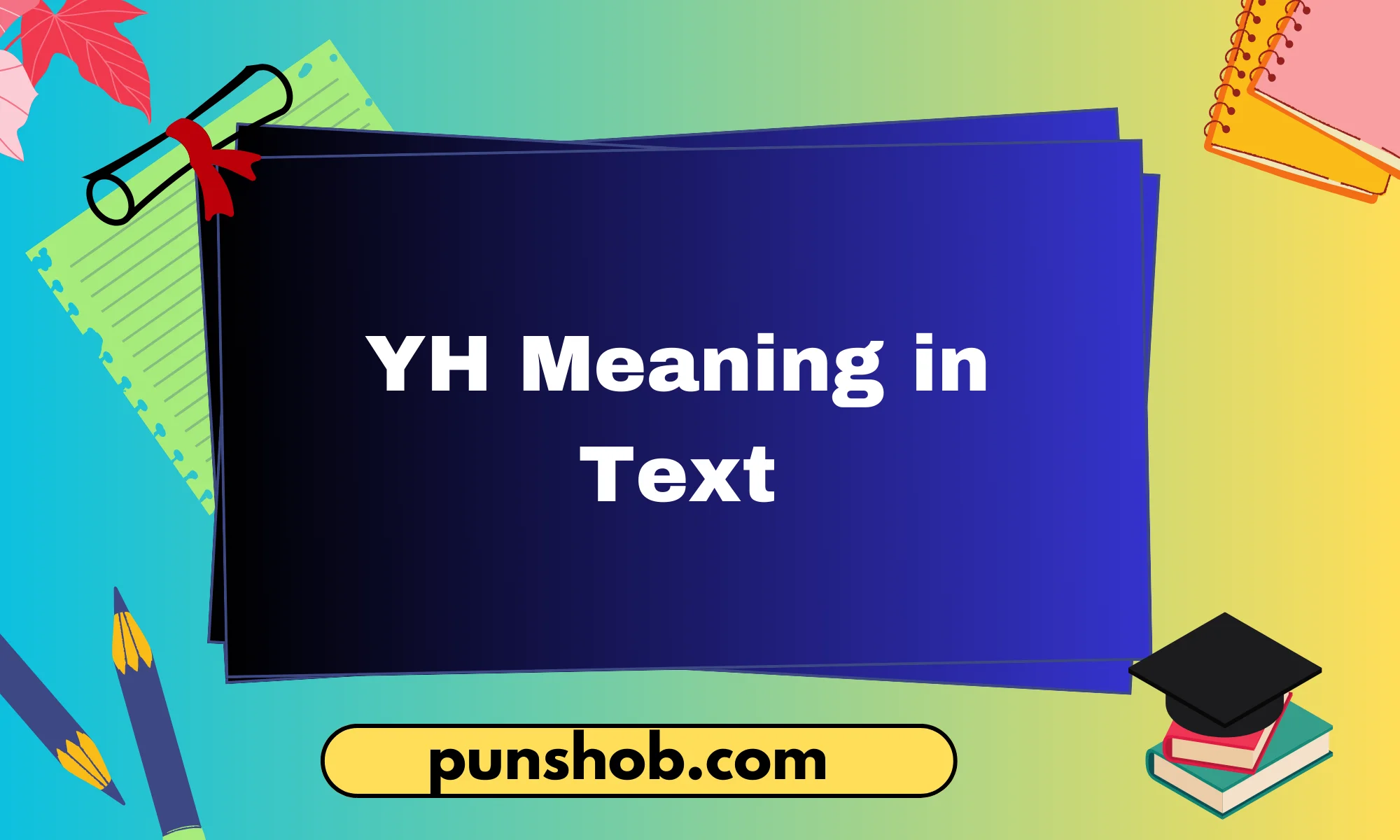
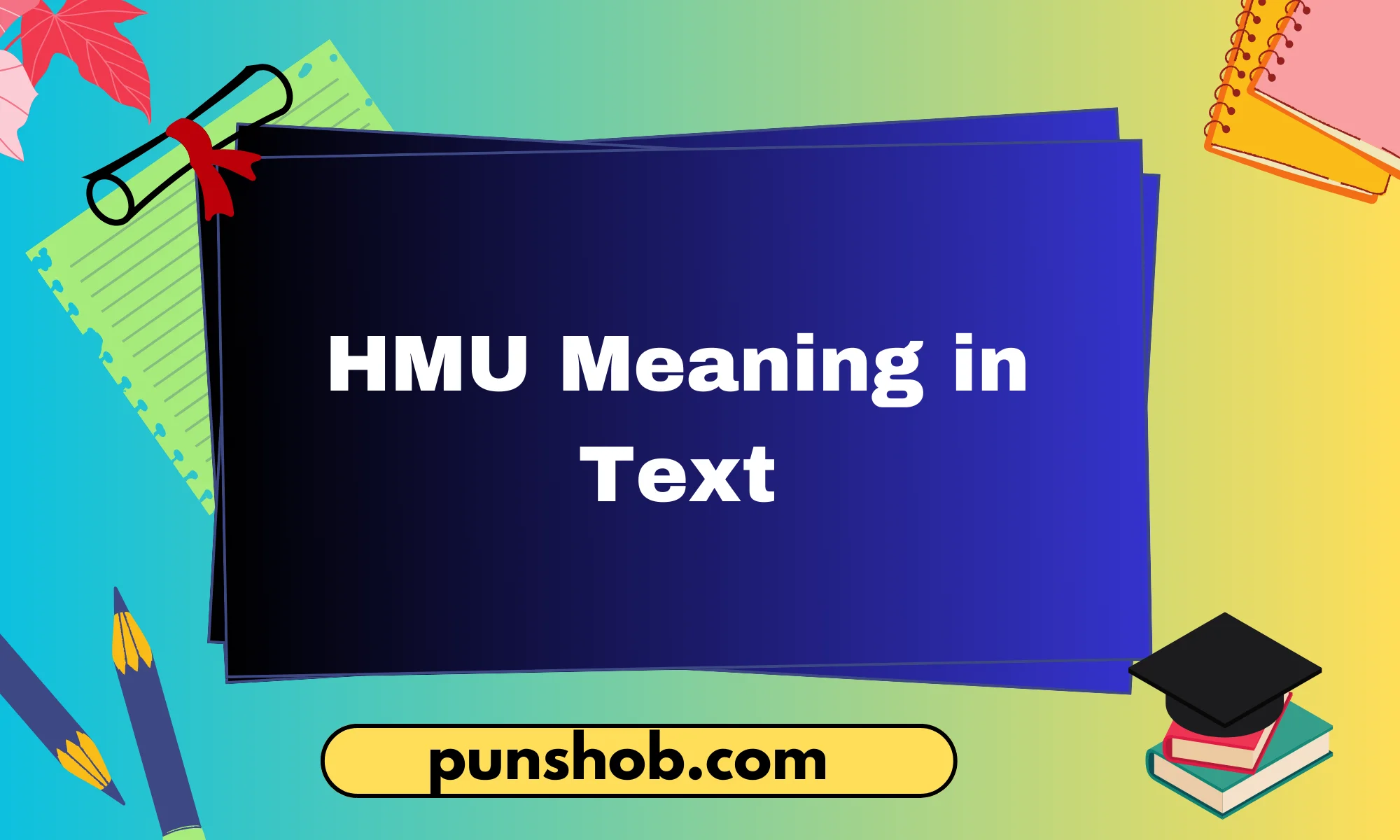
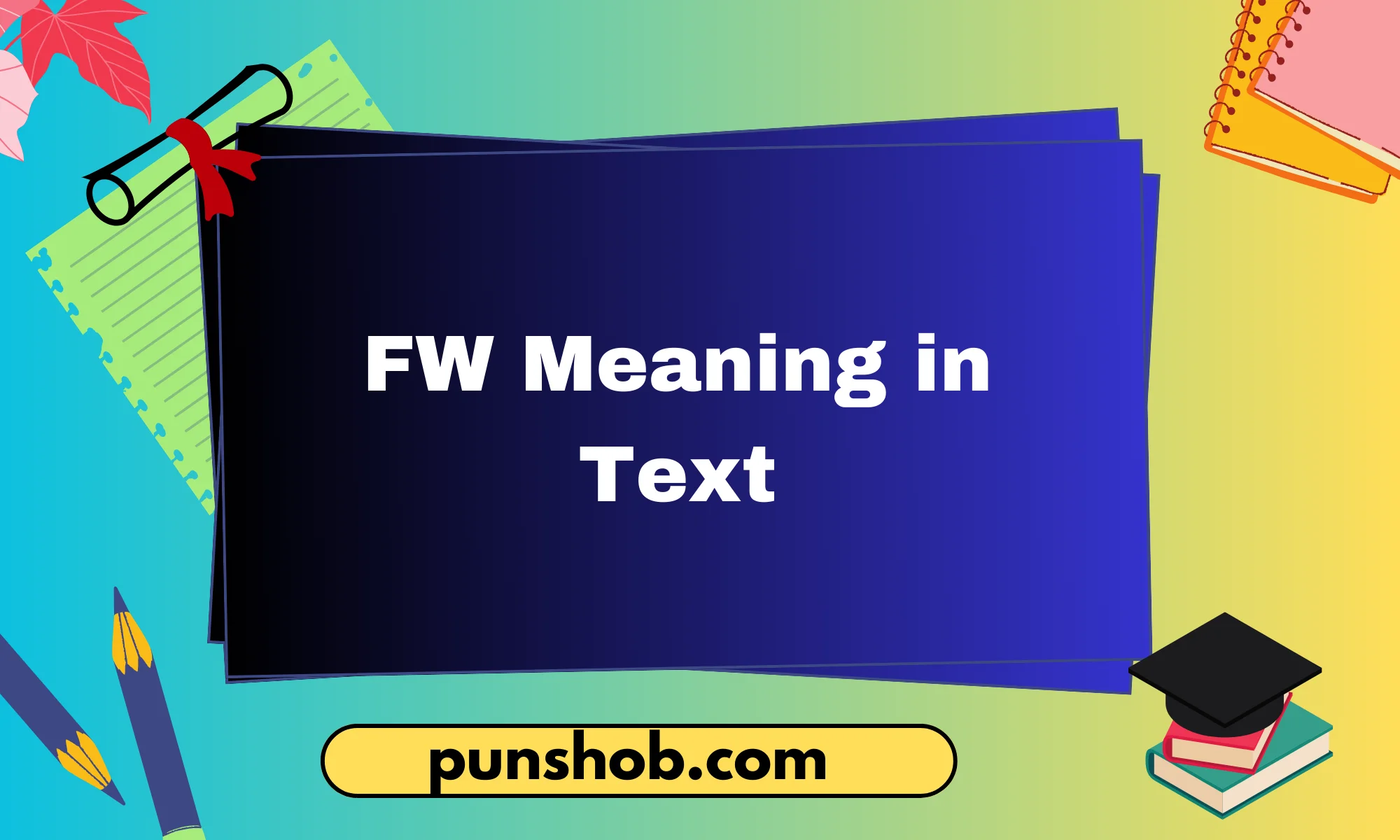
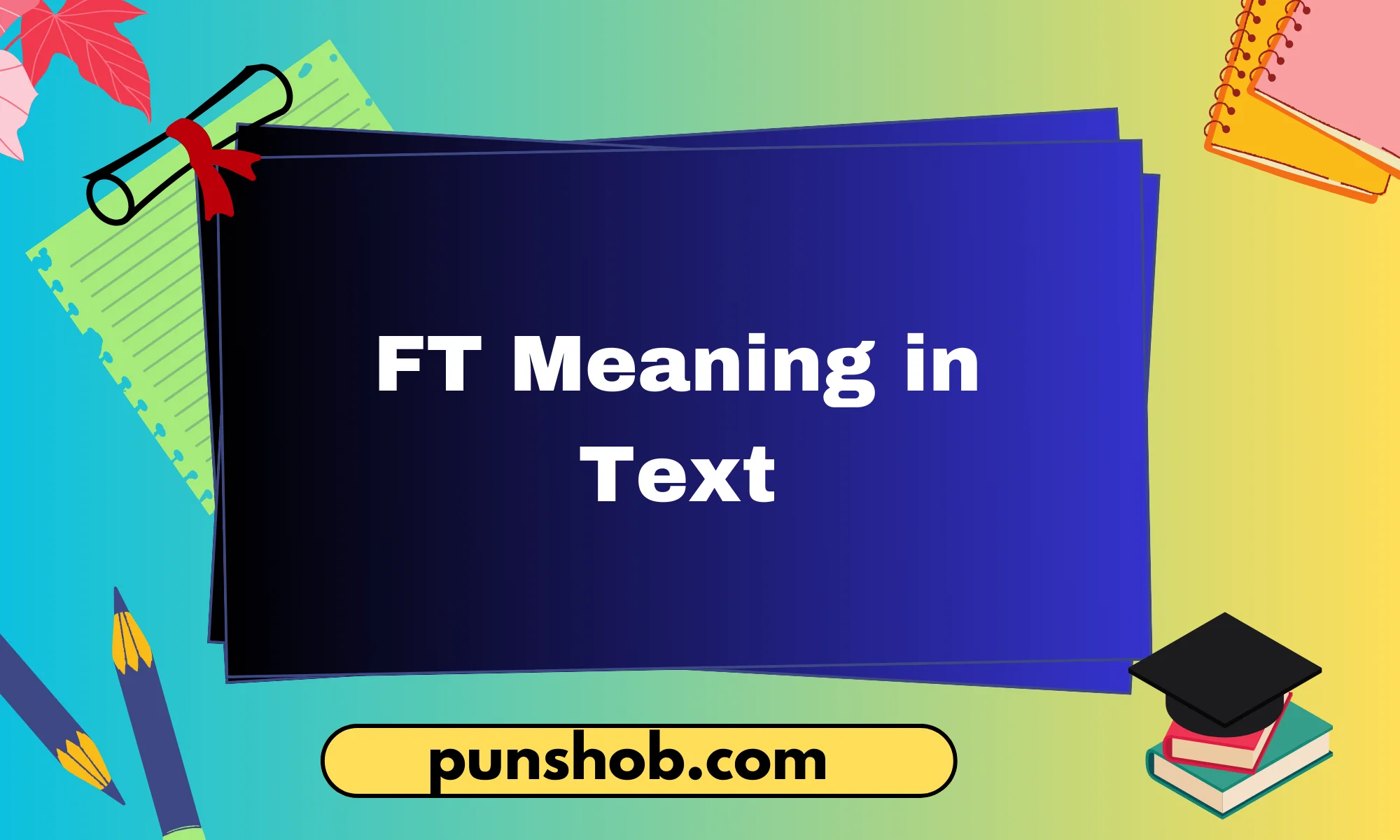
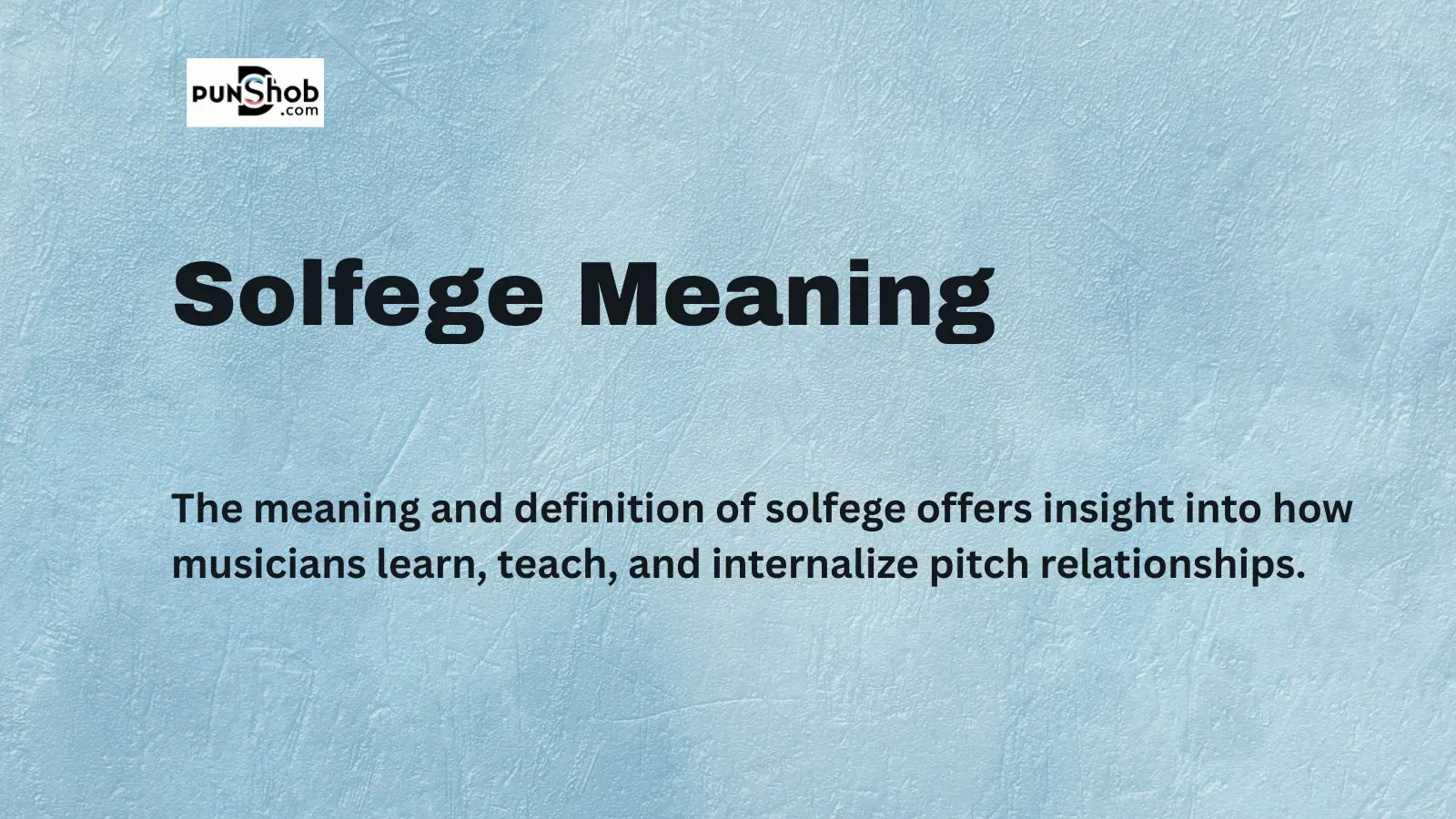

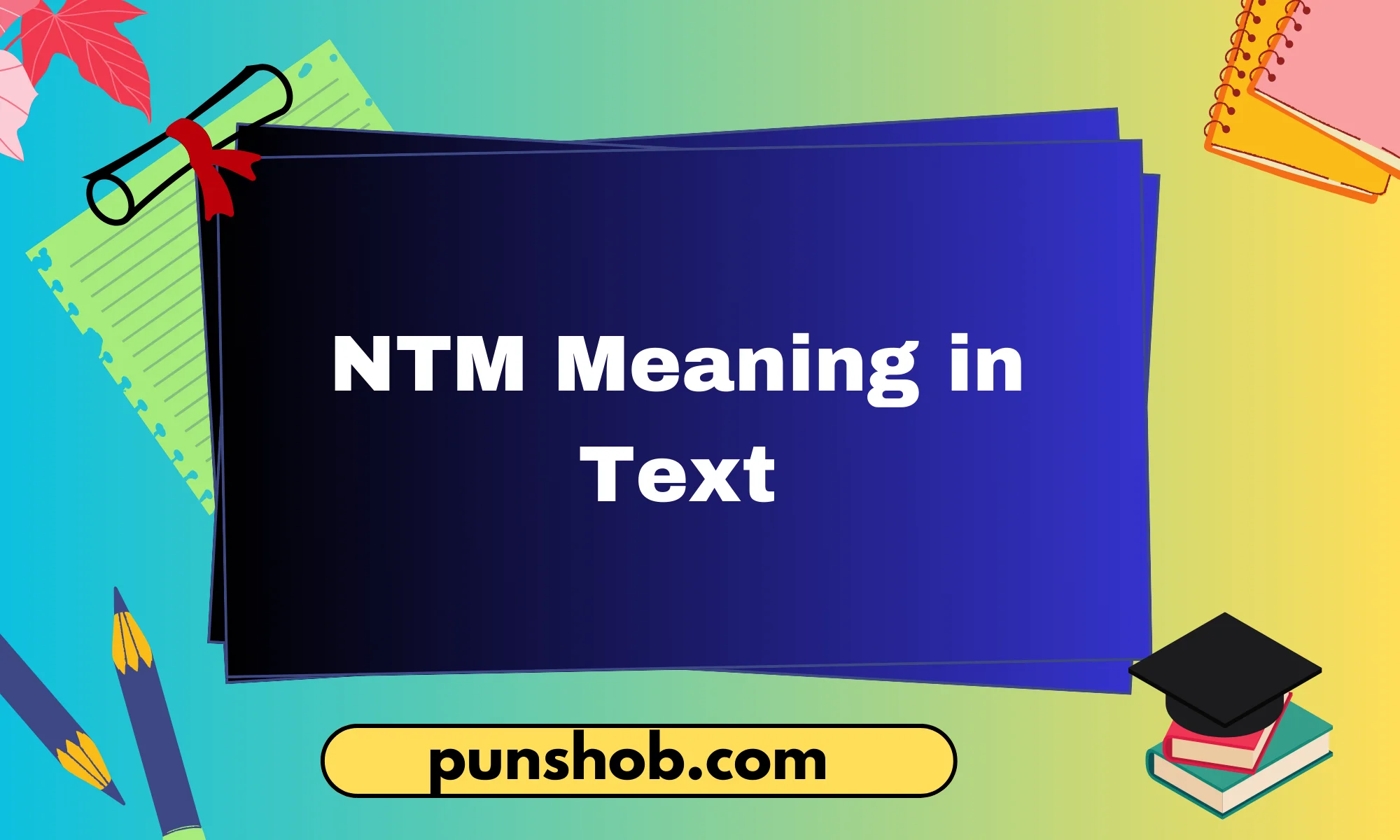
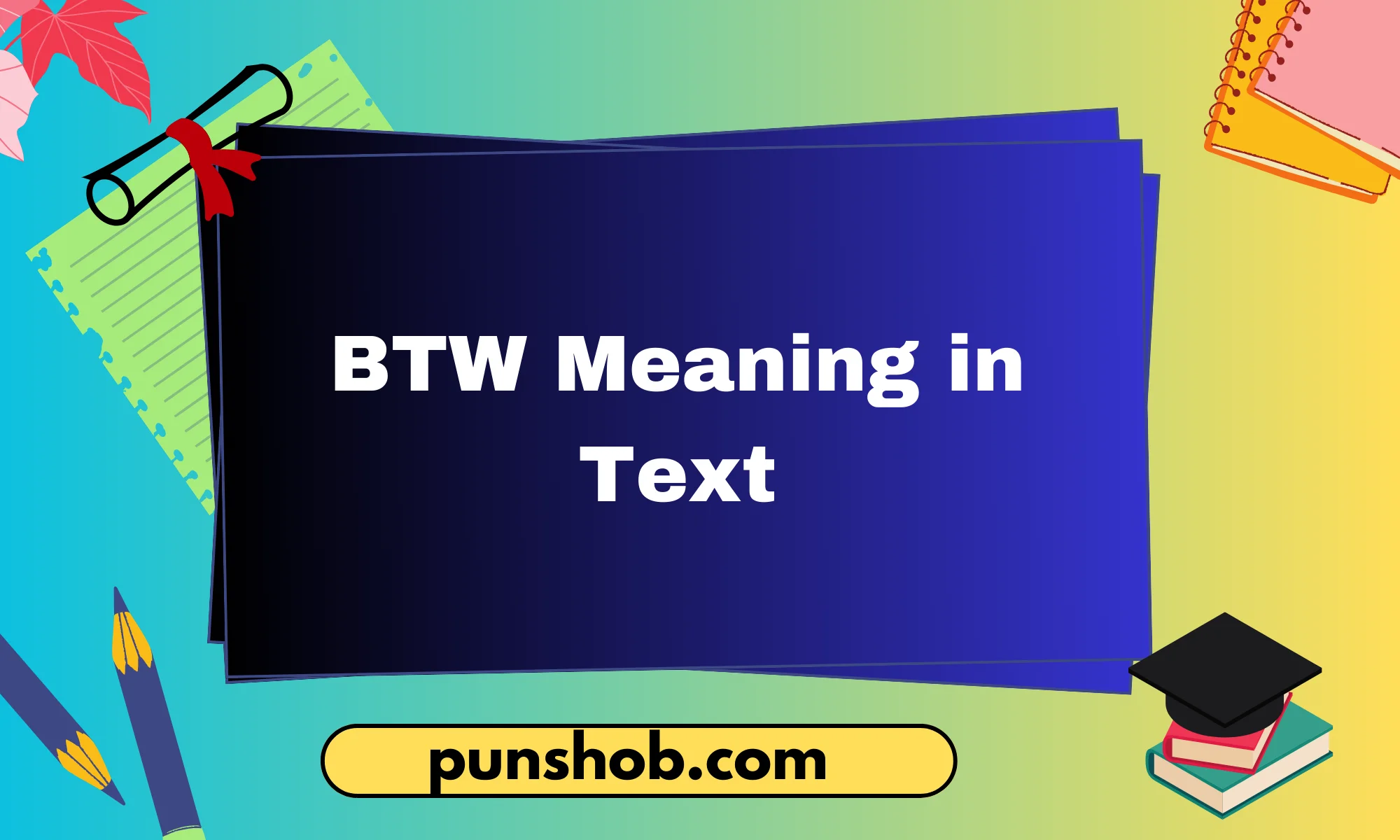
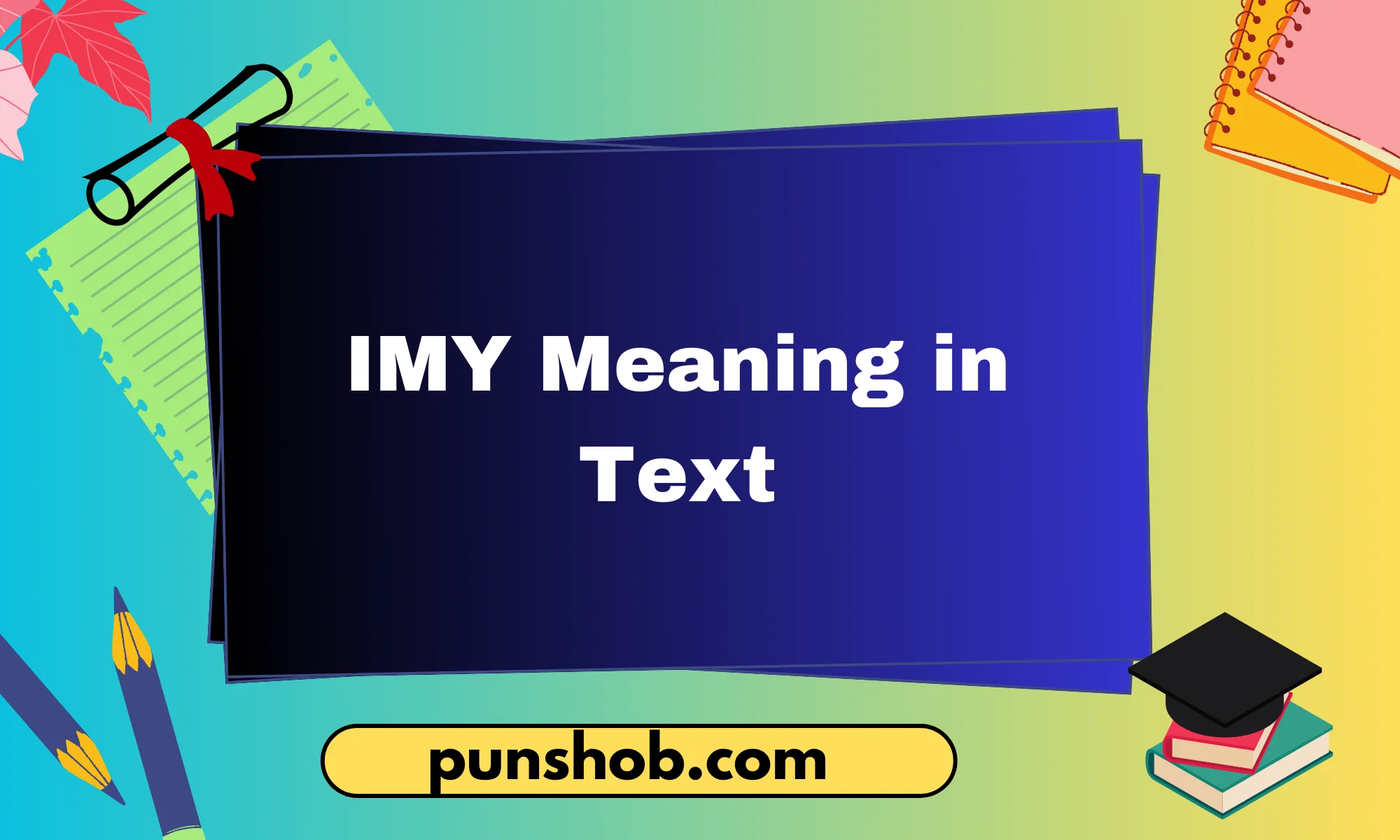
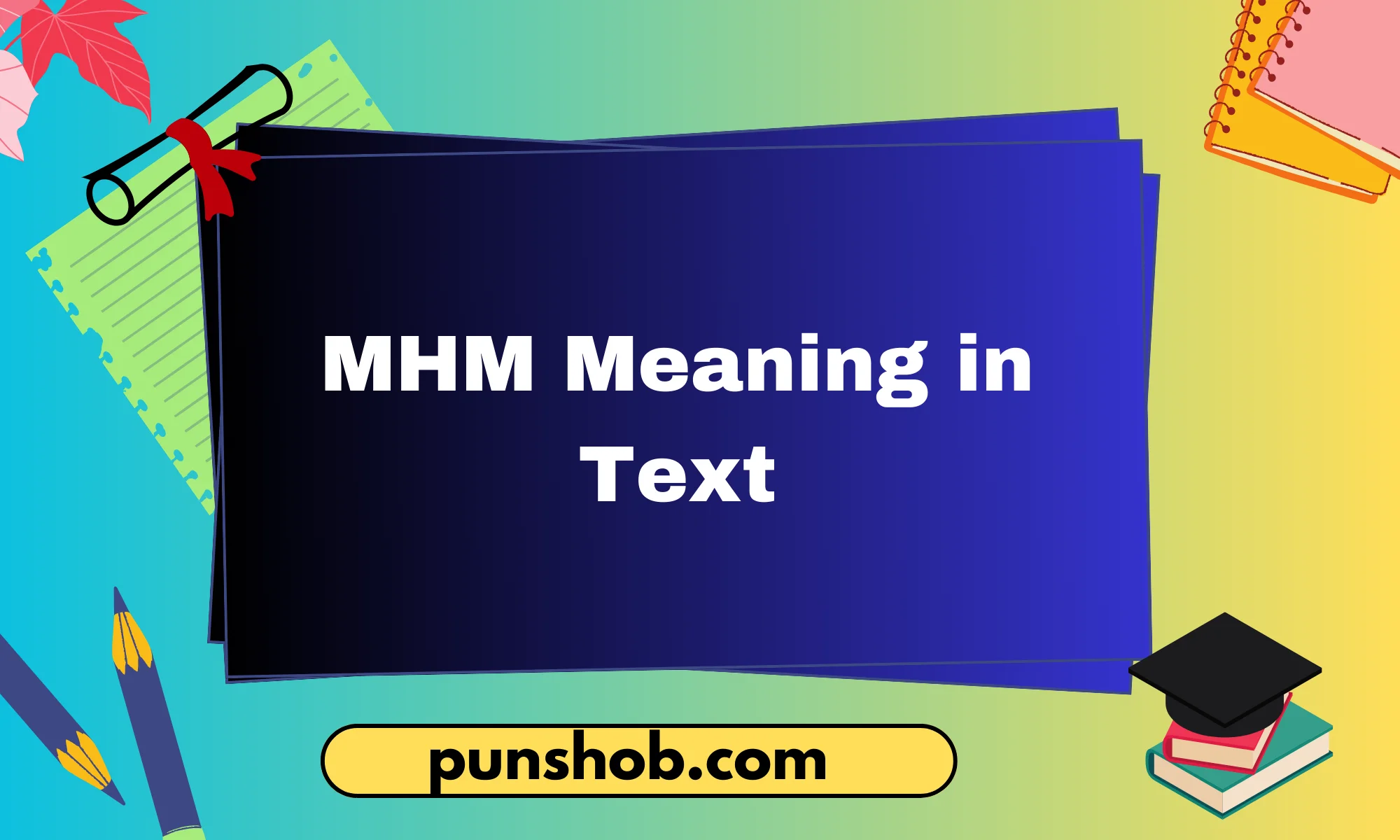
Leave a Reply